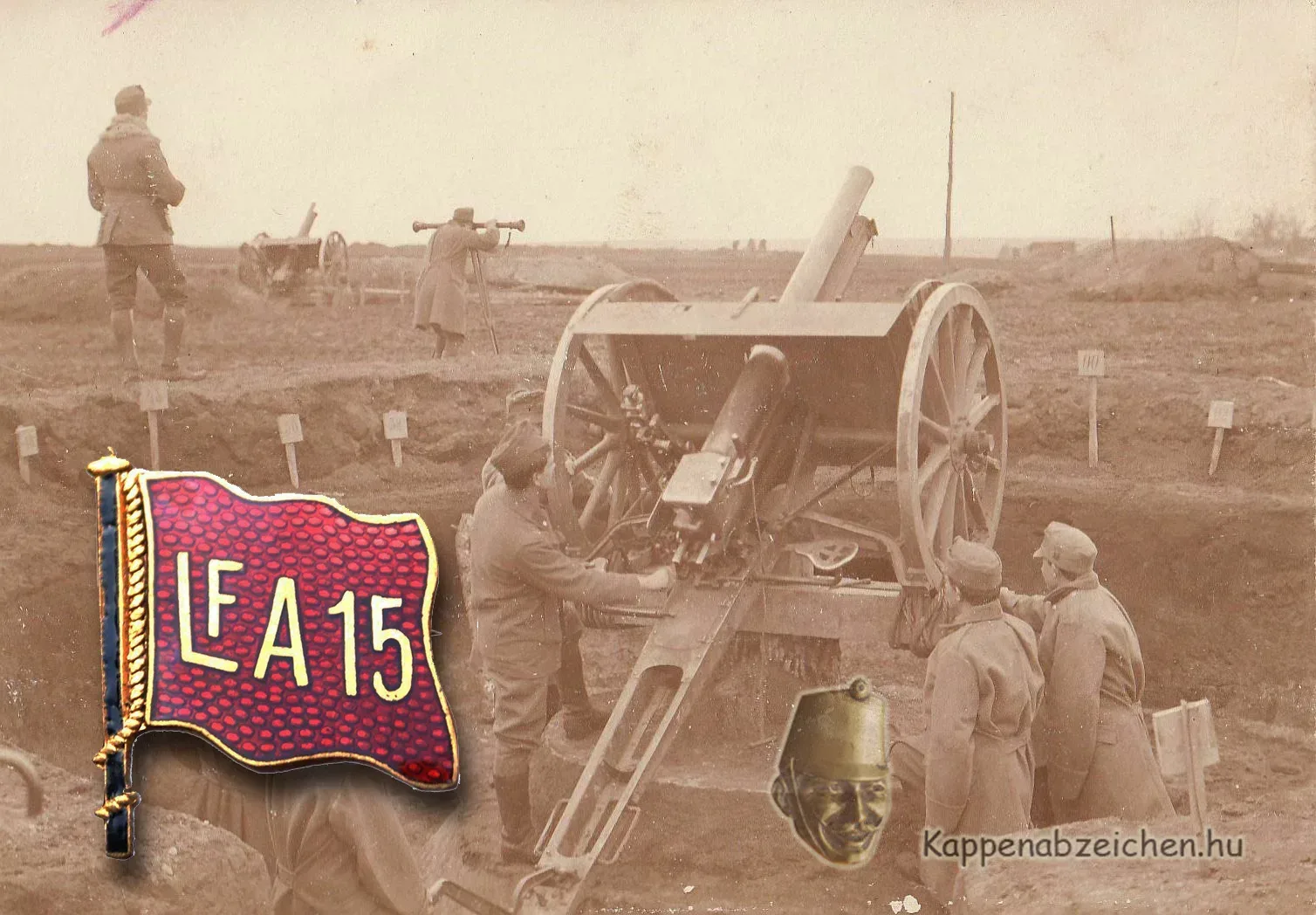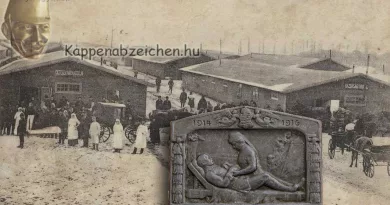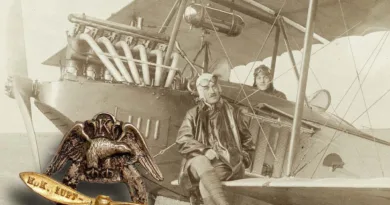Air defense
Contemporary air defense as an artillery branch was born in the Great War. As the use of the airplane as a weapon became more and more widespread, the warring parties tried to defend against it with more and more means. From 1915 onward, in the war reports, we can read about the activity of airplanes around the front, and also about how the gunners try to hit the aircraft with little success. I believe that this is not a coincidence. The airplanes were quite slow, but so was the calibration and preparation of the firearms of the time. I wrote about it in my previous posts that the rate of fire of simple field cannons was 1-2 shots per minute. In addition, cannons equipped with recoilless barrels had to be recalibrated after each shot.

The devices of the anti-aircraft artillery battery also shown in the attached photo were not specifically developed for anti-aircraft warfare. They were simple field cannons, in elevated positions, in which the steep trajectory was achieved by raising the base of the gun. The activity of the gunners was aided by a modern optical rangefinder, which is also clearly visible in the picture. The elevated guns set for air defense were considered a curiosity in any case. One battery from each of the field artillery regiments was intended for this purpose only. For this reason, the air defense also used machine guns mounted on stands for this purpose.

The exact definition of the badge attached to the entry is questionable. Because the Luftfahrzeugabwehr (anti-aircraft defense) is only one possible interpretation of the inscription LFA 15. There is no other reference to air defense. If this interpretation of the abbreviation is correct, then the insignia belonged to the anti-aircraft artillery battery of the 15th Field Artillery Regiment assigned to the 15th Infantry Division. Of course, the company-level subunit of the artillery is the battery. In other words, a letter B is still very desirable for the abbreviation. But the term may have denoted a unit larger than the traditional battery. Perhaps a mix of artillery and MGs, a machine gun squad too, to which the term battery, which specifically applies only to artillery, could no longer be applied. The photo of the machine gun attached to the post comes from the photo library of the Institute of Military History, Budapest.




